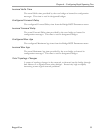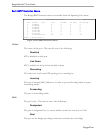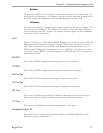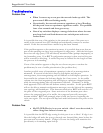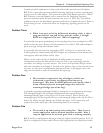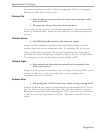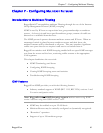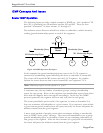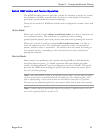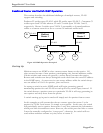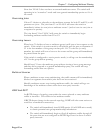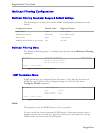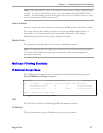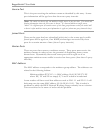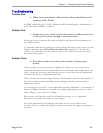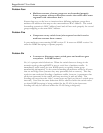
Chapter 7 – Configuring Multicast Filtering
Switch IGMP Active and Passive Operation
The IGMP Snooping protocol provides a means for switches to snoop (i.e. watch)
the operation of routers, respond with joins/leaves on the behalf of consumer
ports and to prune multicast streams accordingly.
There are two modes of IGMP the switch can be configured to assume, active and
passive.
Active Mode
When such a switch is used without a multicast router, it is able to function as if
it is a multicast router. The switch acts as a multicast router, sending
general/specific queries, processing leaves/joins and actively pruning the network.
When such a switch is used in a network with a multicast router, it is able to
assist the multicast router. The switch relies upon the router to issue general
queries, which it relays to consumers. The switch assists the router by issuing its
own specific queries, responding to the router with leaves/joins and actively
pruning the network.
Passive Mode
Some routers have problems with switches running IGMP and will mistakenly
recognize them as routers. To enable operation with such broken and older
routers, the RuggedSwitch™ can be configured to run Passive IGMP. This mode
prevents the switch from sending the queries that can confuse the router, but at
the cost of slower pruning.
Note:
Active mode IGMP is much to be preferred to passive mode. In active mode the switch
can issue specific queries to determine when the last member has left a multicast group. This
leads to rapid pruning. Passive mode switches are not allowed to send queries of any kind.
They must age out information gathered by router queries, which leads to much slower pruning.
Note:
A switch running in passive mode requires the presence of a multicast router or it will
not be able to forward multicast streams at all!
RuggedCom
63



